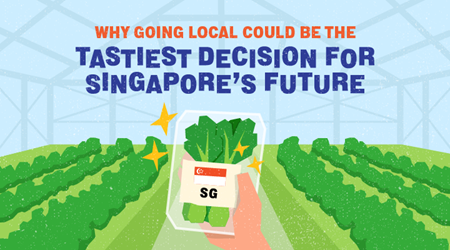More Than Meets The Eye: Impactful Designs Around The World
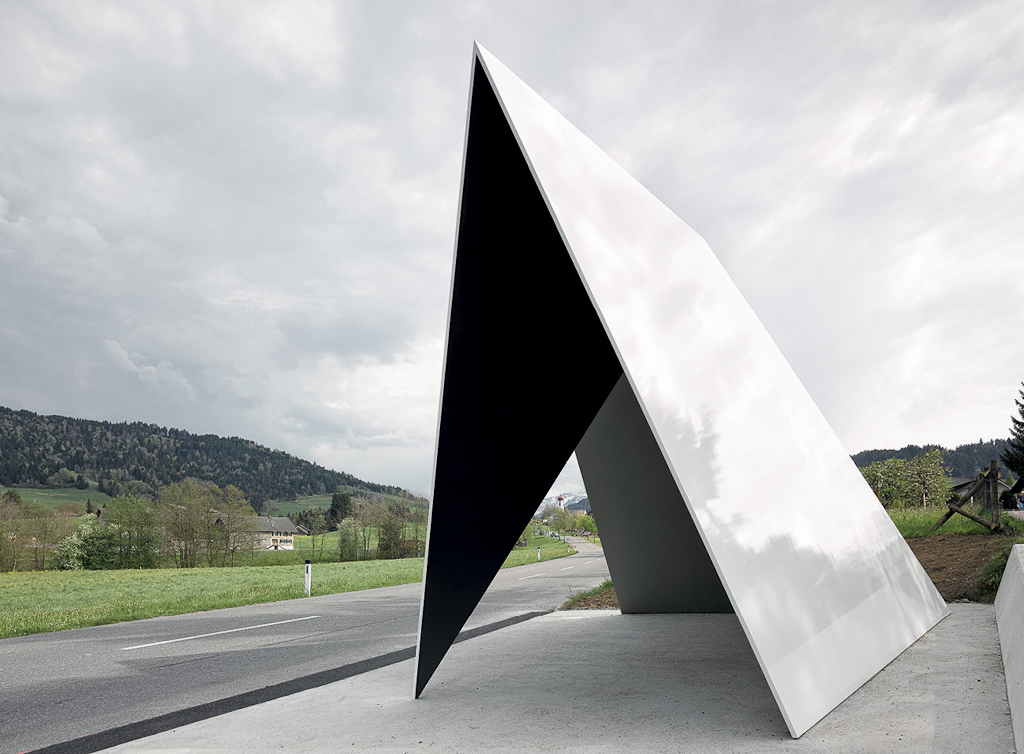
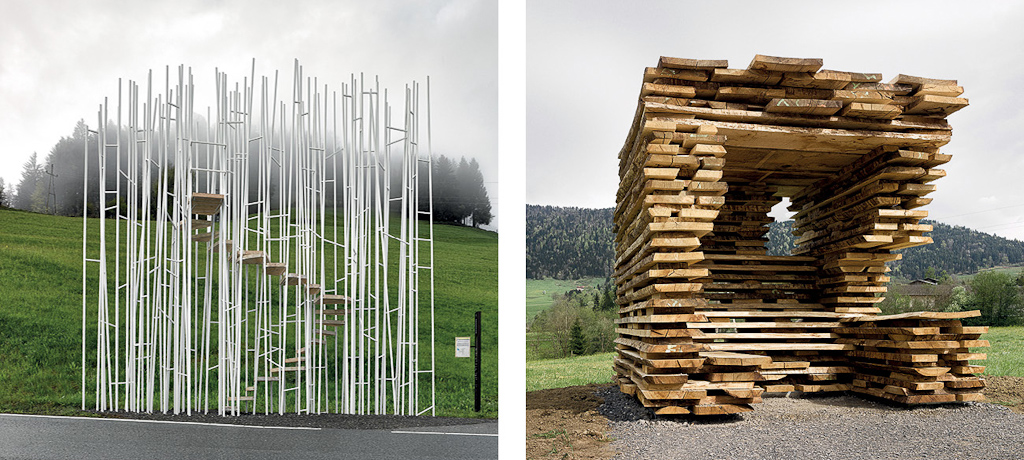
(Right) Noticing how the locals stack oak planks to dry in their workshops, Spanish architecture firm Ensamble Studio created a bus stop with untreated wood that will age and emit a smell specific to its location.
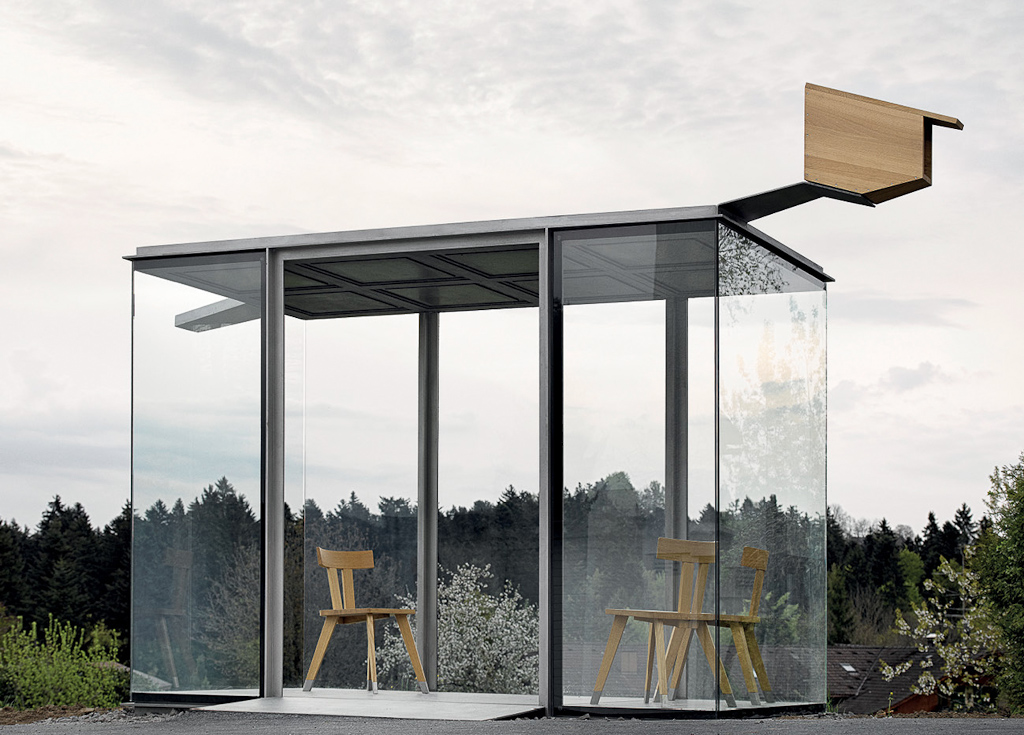
PHOTOS COURTESY OF ADOLF BEREUTER
AUSTRIA
Waiting in style
In the Austrian village of Krumbach, public buses come only once every hour. But fret not if you miss one – you can spend your time admiring Krumbach’s one-of-a-kind bus shelters instead. To boost tourism to this rural town of just over 1,000 residents, seven famous international architects were invited to work with local craftsmen to transform these everyday waiting platforms into attractions. From a wooden tower offering views of the village to a forest of columns with a winding staircase to nowhere, waiting for a bus has become a wee bit more pleasurable thanks to the imaginative architects who got to holiday at the village in exchange.


NORWAY
Gaining worldwide currency
Passports and currency are everyday national documents that citizens often don’t give a second look to. But Norwegians and the world were captivated last year by Norway’s beautifully redesigned passport and currency, following a government design competition. The new passport, drafted by Neue design agency, has pages illustrated with a picturesque Norwegian landscape. Under ultraviolet light, the pages transform to show the Northern Lights that streak across the country’s night skies. For the new face of Norway’s currency, the government picked Snøhetta Design’s abstract pixelated imagery of the country’s coast to complement the more conventional sea-themed illustrations by Metric System on the other side, which reflect Norway’s nautical heritage.
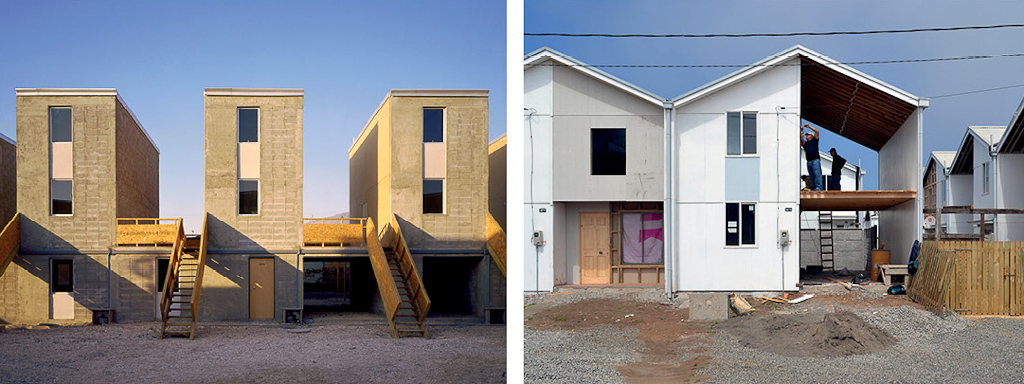
PHOTOS COURTESY OF ELEMENTAL
CHILE
Building a home together
Faced with a tight budget, architecture firm ELEMENTAL did not complete its designs for a social housing programme in Chile. But their “half-finished” homes in the shantytown of Quinta Monroy were actually the Chilean studio’s innovative solution to house families on the same land where they had illegally lived for years. Instead of moving the families to another neighbourhood or building conventional apartment towers, ELEMENTAL created basic houses with extra space for expanding families. Residents then build upon this skeletal design with their own resources, contributing to complete social housing whose value increases over time.
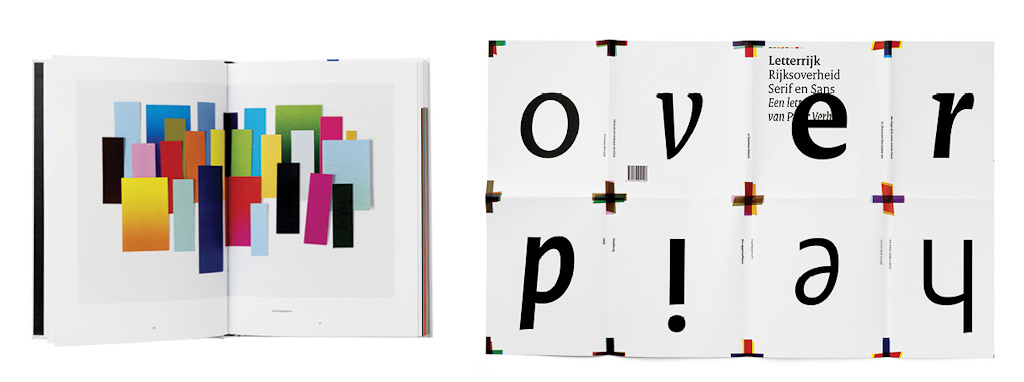

THE NETHERLANDS
One Identity to rule them all
Navigating bureaucracy can be confusing. Just try the Dutch government, which has 175 institutions and ministries – each having its own identity. To help the public recognise every one of them as part of the Netherlands’ national government, Dutch design agency Studio Dumbar created a visual identity in 2009 to encompass them all. The result: A blue logo stamped with the well-known Dutch coat of arms, two custom typefaces that are more space efficient, and a set of layouts to guide the use of the identity system. This new look was applied over two years across a range of assets from buildings to identity cards that eventually presented the government as one organisation to Dutch citizens.
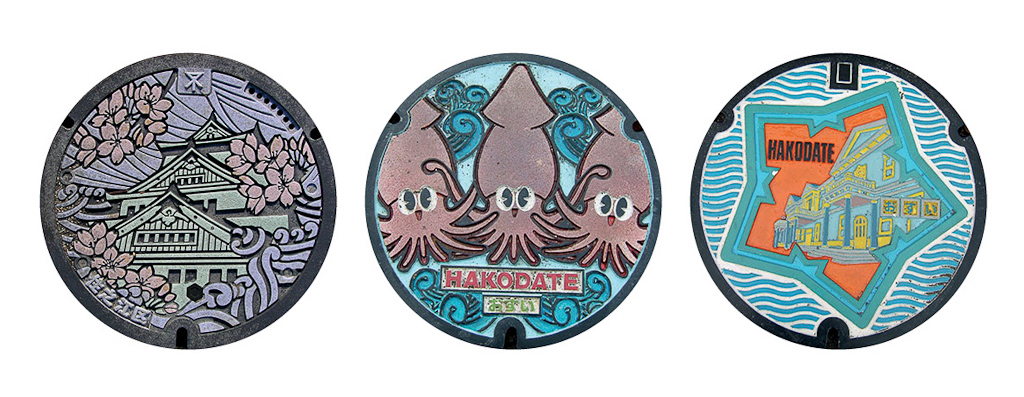
JAPAN
Beautiful Cover-Ups
Cities typically don’t show off their sewage systems. But in Japan, they are a source of local pride because of their beautiful designs. Adorning manhole covers along the country’s streets is local imagery such as cartoon squids in Hokkaido and a samurai from Tochigi Prefecture. Turning these utilitarian lids into works of art was the idea of a construction ministry bureaucrat, who wanted to raise public acceptance for a costly, underground sewer system being built in the 1980s. Despite costing up to 5% more than standard covers, the custom lids are now found almost everywhere in Japan. Cities, towns and villages created the manhole designs to have local appeal, but they have since become global attractions, with websites and books dedicated to this unique Japanese art!
- POSTED ON
Mar 18, 2015
- TEXT BY
Justin Zhuang





